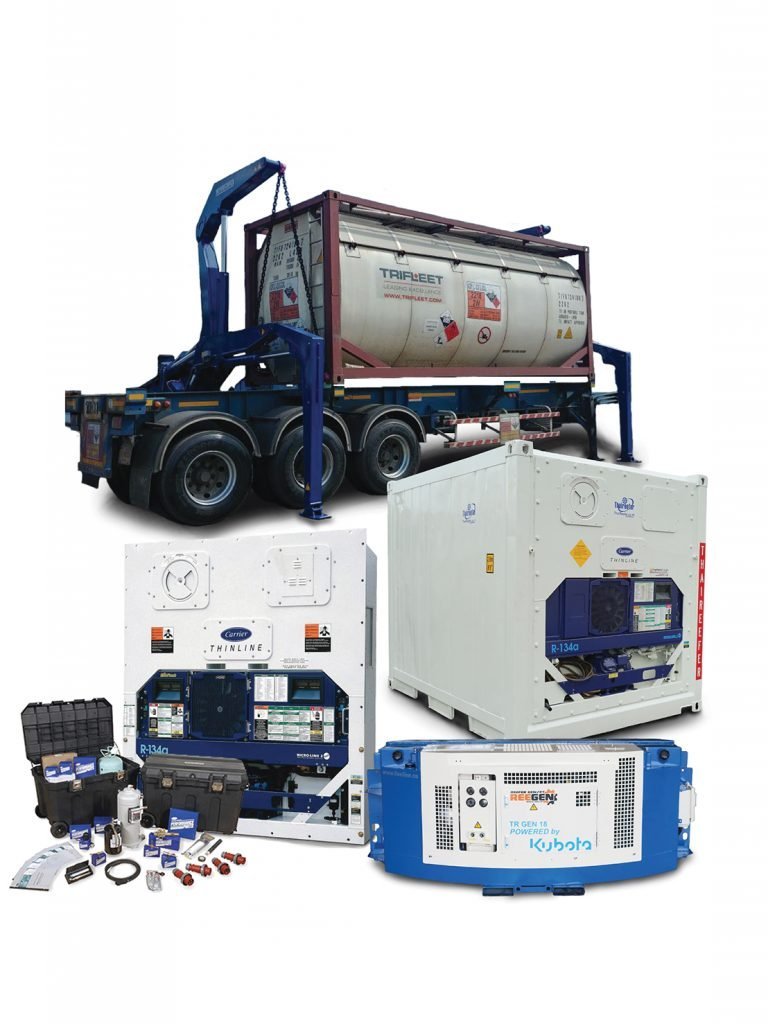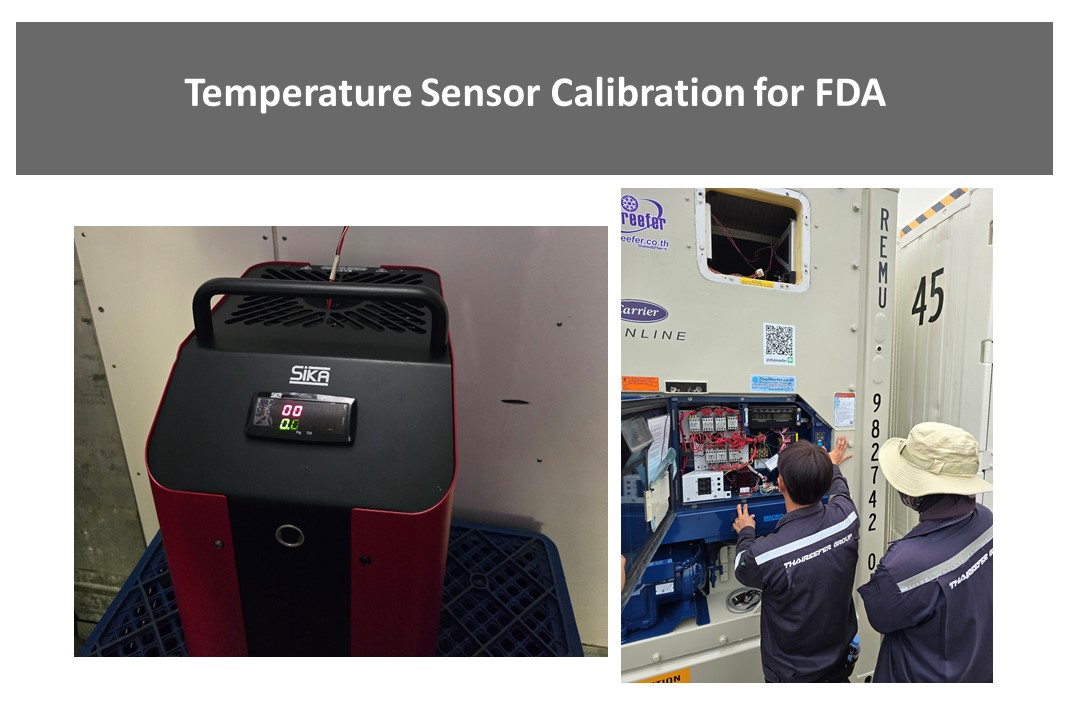Temperature Sensor Calibration for FDA
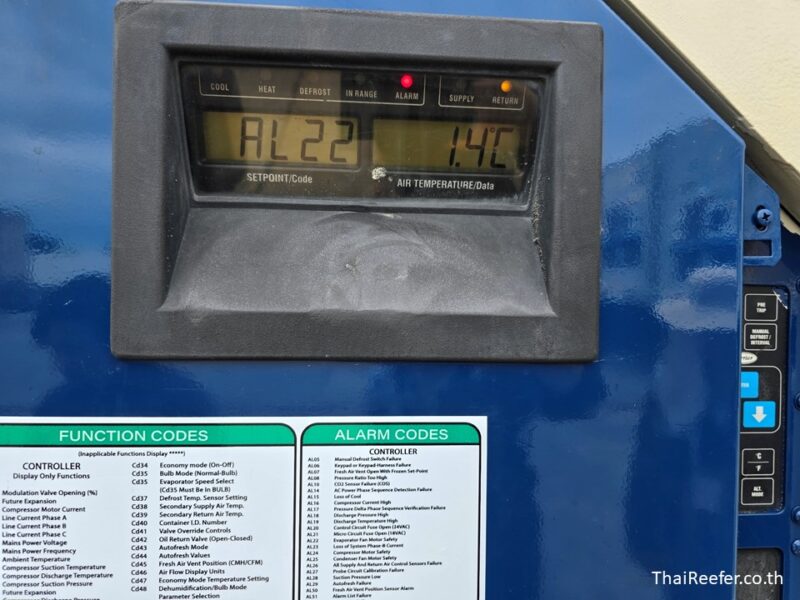
Accurate temperature control is crucial for maintaining the integrity of products stored in FDA-regulated storage facilities.
Calibration of temperature sensors ensures that the readings are reliable, preventing potential product spoilage or degradation.
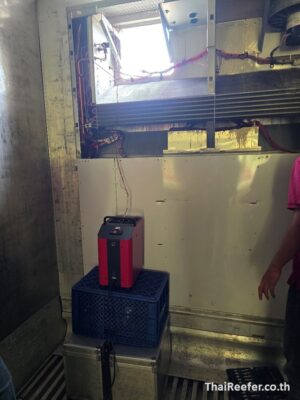
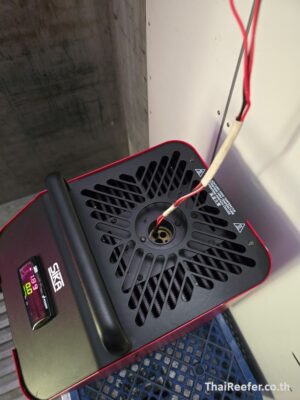
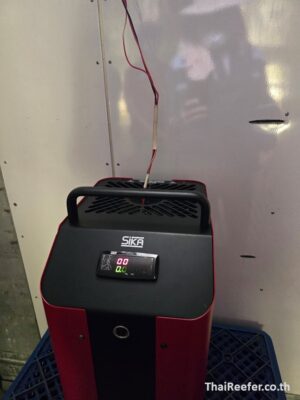
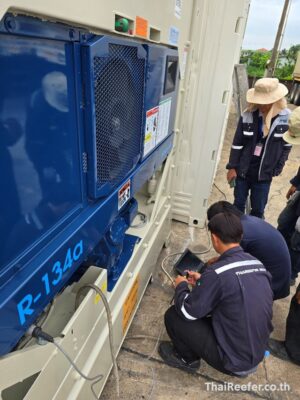
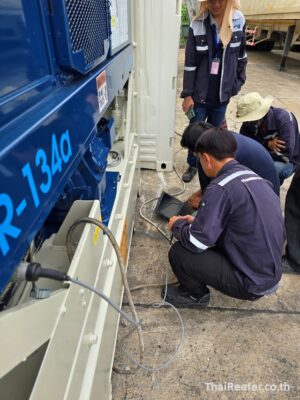
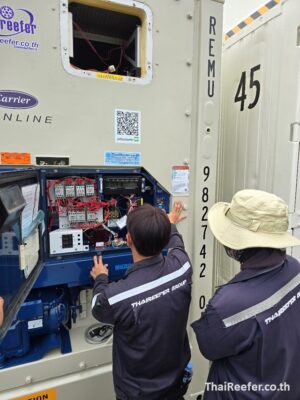
Calibration Process
1. Reference Standard: Obtain a reference standard with a known accuracy.
2. Temperature Chamber: Use a temperature chamber or bath that can maintain stable temperatures within the desired range.
3. Sensor Placement: Place the sensor and reference standard in the temperature chamber. Ensure both are in direct contact with the chamber’s environment.
4. Temperature Stabilization: Allow the chamber to stabilize at a specific temperature.
5. Reading Comparison: Compare the readings from the sensor and the reference standard. If there’s a discrepancy, record the difference.
6. Adjustment (If Necessary): Some sensors may be adjustable. If the error is within the acceptable tolerance, you might be able to adjust the sensor’s calibration. Otherwise, it may need to be replaced.
7. Repeat at Multiple Temperatures: Repeat the process at multiple temperature points within the operating range to ensure consistent accuracy.
Calibration Records: Maintain detailed records of calibration activities, including:
o Date of calibration
o Temperature points tested
o Readings from the sensor and reference standard
o Any adjustments made
o Calibration certificate of the reference standard
Please contact ThaiReefer if you have questions about temperature sensor calibration to comply with FDA (Food and Drug Administration)


